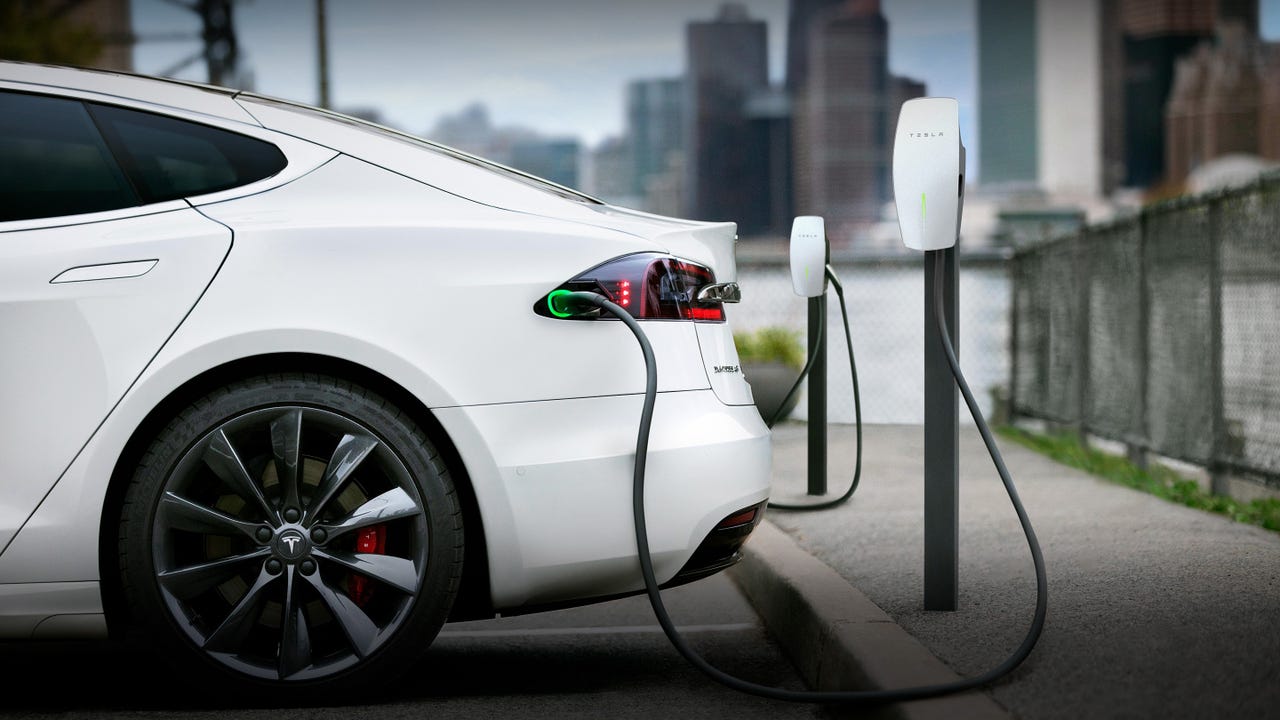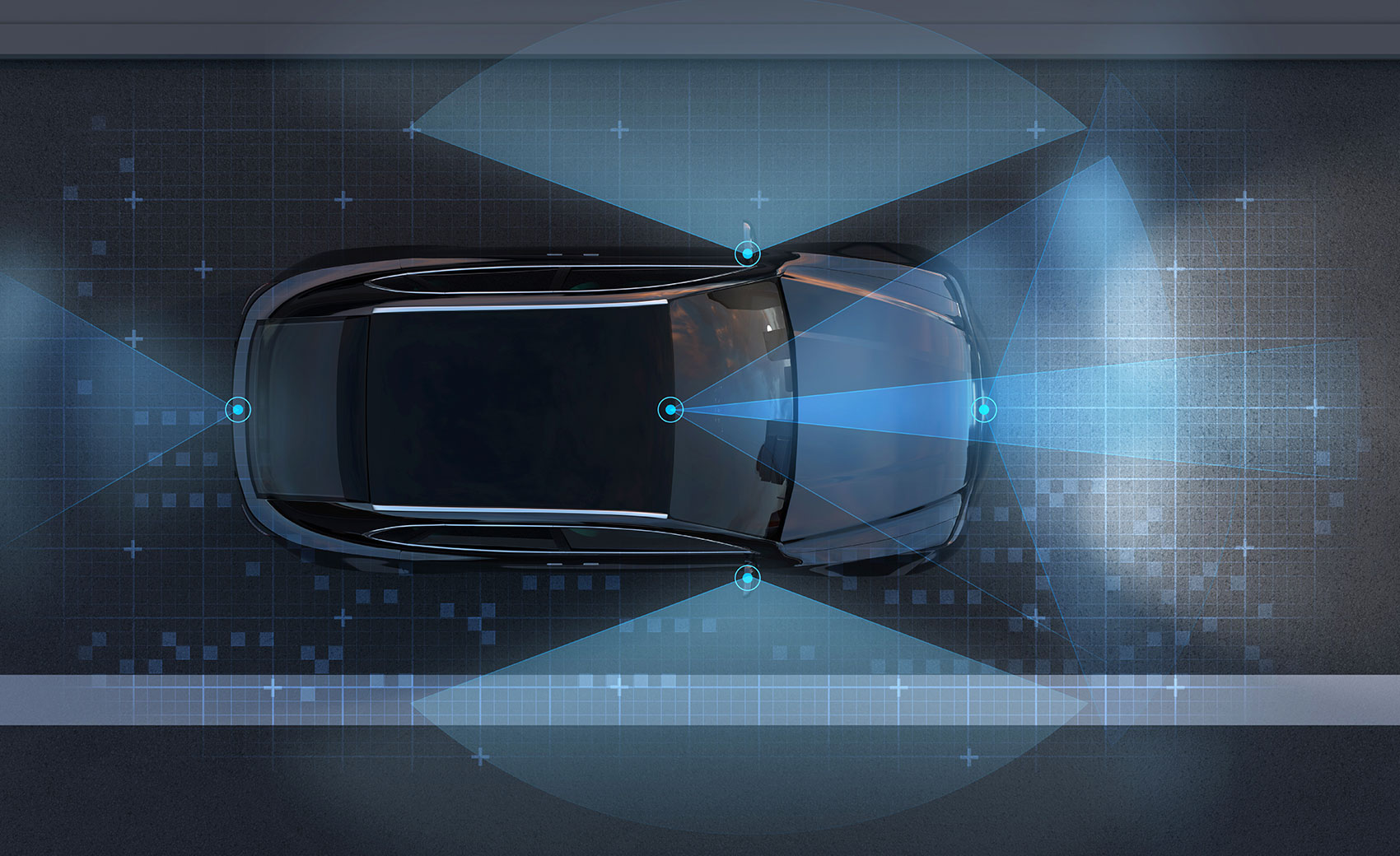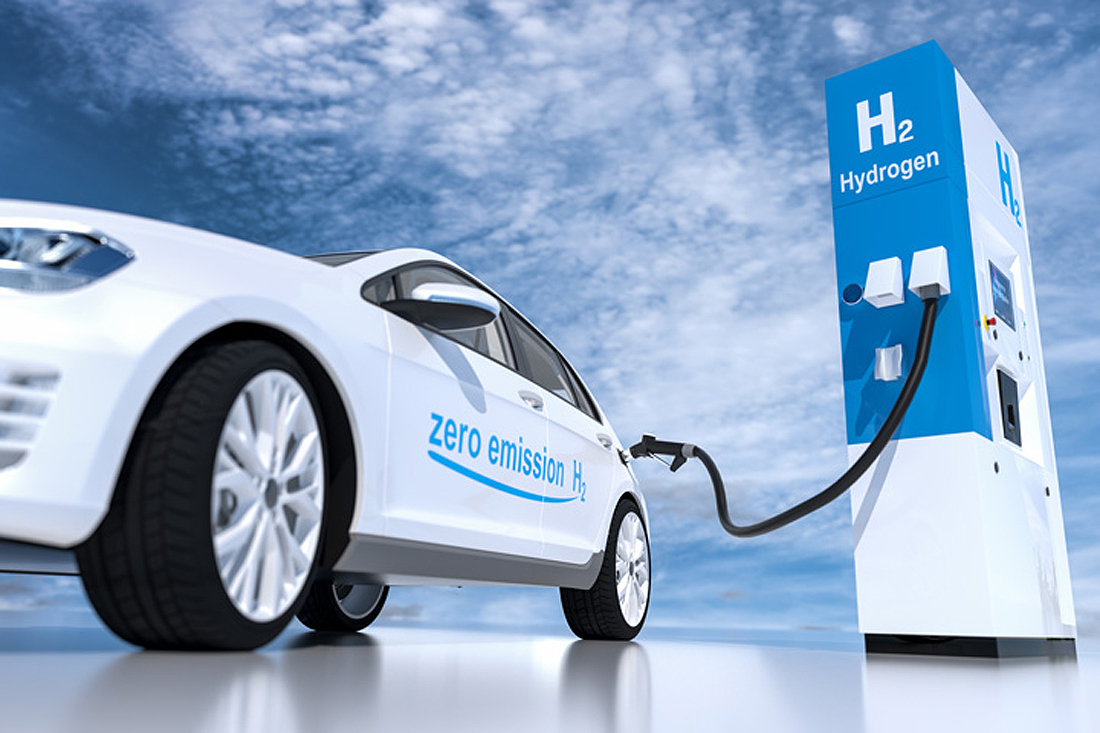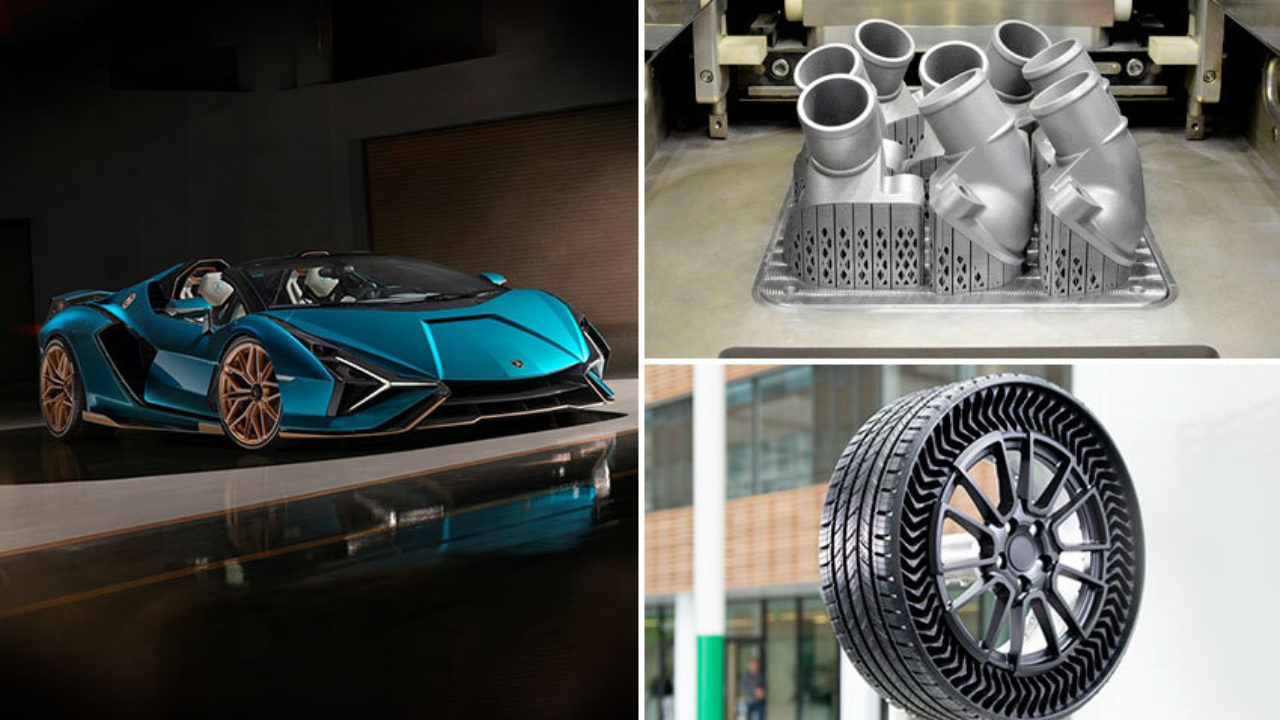Top 10 Innovations in the Auto Mobile Industry
Discover the top 10 groundbreaking innovations shaping the future of the auto mobile industry today.

The auto mobile industry is at the forefront of technological innovation, reshaping how we think about transport. Today, groundbreaking advancements continue to emerge, promising to revolutionize the driving experience. From self-driving vehicles to electric powertrains, these innovations not only enhance vehicle performance and efficiency but also aim to significantly reduce our environmental footprint. Let's explore the top 10 innovations that are setting new benchmarks in the automotive world.
Innovations Shaping the Auto Mobile Industry
In this dynamic era, where technology leapfrogs at an unprecedented pace, the auto mobile industry continues to stand out through its embrace of innovation. From the integration of artificial intelligence in autonomous vehicles to the push towards greener fuels and materials, every stride forward reflects a commitment to smarter, safer, and more sustainable transportation. As we explore these groundbreaking advancements, we gain insights into the transformative power of innovation and its potential to drive humanity towards a better-connected, efficient, and environmentally friendly future.
List of Top Choices
- Autonomous Vehicles
- Electric Vehicles
- Advanced Driver Assistance Systems (ADAS)
- Connected Cars
- Hybrid Vehicles
- Hydrogen Fuel Cell Vehicles
- Advanced Materials
- Telematics
- 3D Printing
- Renewable Energy Integration
Autonomous Vehicles

- Use of AI and sensors to navigate roads without human intervention.
- Improves road safety by reducing human error.
- Potential to reshape urban landscapes by reducing the need for parking spaces.
Autonomous vehicles stand at the cutting edge of auto innovation, promising to transform the driving experience. By leveraging artificial intelligence (AI) and advanced sensor technology, these cars can navigate roads, recognize traffic patterns, and even make split-second decisions to avoid accidents. The potential benefits are enormous, including a significant reduction in car accidents caused by human error, improved traffic flow, and even changes in city planning concepts to accommodate a future where cars park themselves at distant locations.
Electric Vehicles

- Powered by electricity, significantly reducing carbon emissions.
- Lower operating costs in comparison to traditional gasoline-powered vehicles.
- Government incentives and growing charging infrastructure improving accessibility.
Electric Vehicles (EVs) are fast becoming a staple on our roads, driven by a global push for cleaner, more sustainable transportation options. Unlike their gasoline or diesel counterparts, EVs emit no tailpipe pollutants, offering a green alternative that contributes to reducing the auto industry's carbon footprint. With advancements in battery technology leading to longer ranges and faster charging times, coupled with increasing governmental support through incentives and expanding charging networks, EVs are more accessible than ever, marking a pivotal shift towards eco-friendly driving solutions.
Advanced Driver Assistance Systems (ADAS)

- Features like adaptive cruise control, lane departure warnings, and automatic emergency braking.
- Enhances vehicle safety by supporting the driver in accident prevention.
- Forms the foundation for the future development of fully autonomous vehicles.
Advanced Driver Assistance Systems (ADAS) mark a significant leap forward in vehicle safety, integrating a variety of technologies to augment the driving experience. These systems bridge the gap between active and passive safety features, offering tools like lane keeping assistance and adaptive cruise control that significantly reduce the chance of accidents. Not only do these innovations make driving safer, but they also serve as stepping stones towards the fully autonomous vehicles of the future, demonstrating the potential of technology to protect lives on the road.
Connected Cars

- Internet connectivity allows for features like over-the-air updates and remote diagnostics.
- Enhances user experience through integration with other devices and the digital ecosystem.
- Facilitates real-time traffic and weather updates, improving route planning and safety.
Connected cars represent a revolution in how vehicles interact with the world around them as well as with their users. By bringing internet connectivity into the vehicle, manufacturers offer drivers a wide array of innovative features, from real-time traffic alerts to the ability to update software without a trip to the dealership. This connectivity not just enhances the driving experience but also promises greater efficiency and convenience, reflecting a broader shift towards more integrated and intelligent transportation systems.
Hybrid Vehicles

- Combine electric and gasoline engines for better fuel efficiency and lower emissions.
- Ability to utilize electric power in urban settings, switching to gasoline for longer trips.
- Often feature regenerative braking systems that capture energy usually lost during braking.
Hybrid vehicles are a balanced step towards greener transportation, melding the efficiency and low emissions of electric motors with the range and convenience of traditional gasoline engines. This duality allows for significant reductions in fuel consumption and CO2 emissions, particularly in stop-and-go city driving where hybrids can primarily operate on electric power. Moreover, hybrids set the stage for a gradual transition to fully electric vehicles, providing a practical solution for drivers keen on reducing their environmental footprint while still benefiting from the flexibility of conventional fuel.
Hydrogen Fuel Cell Vehicles

- Powered by hydrogen fuel cells, emitting only water vapor as a byproduct.
- Provide longer ranges and quicker refueling times compared to electric vehicles.
- Contribute to energy security by diversifying fuel sources away from traditional fossil fuels.
Hydrogen fuel cell vehicles are emerging as a compelling alternative to both conventional combustion engines and pure electric vehicles. These cars use hydrogen gas to power an on-board fuel cell electric generator that produces electricity, thereby driving the vehicle's motors. One of the most remarkable aspects of this technology is its environmental friendliness, as the only emission produced is water vapor. Although the infrastructure for hydrogen fueling is still in its infancy, the potential for hydrogen as a clean, sustainable energy source for vehicles is enormous, offering a glimpse into a future where cars contribute positively to reducing our environmental impact.
Advanced Materials
.jpg)
- Utilization of lightweight materials like carbon fiber and aluminum to improve fuel efficiency.
- Enhances vehicle performance through better strength-to-weight ratios.
- Contributes to sustainability by potentially reducing the vehicle's life-cycle energy consumption.
The automotive industry's foray into advanced materials heralds a new era of efficiency and performance. By incorporating materials such as carbon fiber and aluminum, vehicle manufacturers can significantly reduce the weight of cars without compromising their strength or safety. This not only leads to improved fuel efficiency (for gasoline vehicles) and extended range (for electric vehicles) but also offers enhanced dynamics and performance. Moreover, the adoption of these materials demonstrates the industry's commitment to sustainability, as lighter vehicles require less energy across their lifespan, from production through to end-of-life recycling.
Telematics

- Collection and transmission of vehicle data for diagnostics, safety, and tracking.
- Enables features like automated emergency calls and vehicle tracking in case of theft.
- Provides data insights for better vehicle maintenance and driving behavior analysis.
Telematics technology is reshaping the way we interact with our vehicles, turning cars into connected devices that provide valuable data insights. By equipping vehicles with telecommunications and informatics systems, drivers can enjoy a broad spectrum of services and features, from real-time diagnostics and maintenance alerts to improved safety through automated SOS messaging in case of an accident. For fleet managers and insurance companies, telematics offers a treasure trove of data, allowing for the monitoring of vehicle health and driving habits, thereby facilitating more personalized and cost-effective services.
3D Printing

- Enables rapid prototyping, accelerating the vehicle development process.
- Allows for on-demand manufacturing of parts, reducing inventory costs.
- Customization of parts for specific applications or customer preferences.
The advent of 3D printing technology in the automotive industry has revolutionized how vehicles are designed, manufactured, and maintained. This innovative process enables manufacturers to create parts and prototypes swiftly and cost-effectively, dramatically accelerating the development cycle of new models. Additionally, 3D printing offers the flexibility to produce parts on demand, minimizing the need for large inventories and thus reducing overhead costs. Beyond logistics and manufacturing, this technology opens up new vistas for vehicle customization, making it possible to tailor parts for enhanced performance or to meet specific customer desires, marking a bold step towards truly personalized transportation.
Renewable Energy Integration

- Incorporating renewable energy sources, like solar panels, into vehicles and infrastructure.
- Reduces reliance on fossil fuels and lowers greenhouse gas emissions.
- Promotes energy independence and sustainability in the transportation sector.
As the global push towards sustainability gains momentum, the integration of renewable energy sources in the automotive sector presents a game-changing opportunity. By outfitting vehicles and their supporting infrastructure—such as charging stations—with solar panels or wind turbines, the industry can significantly cut down on greenhouse gas emissions and diminish its carbon footprint. This shift not only contributes to the fight against climate change but also enhances energy security by reducing dependence on oil and other fossil fuels. In a world where sustainability is increasingly becoming a priority, renewable energy integration symbolizes a major stride towards cleaner, greener, and more sustainable transportation solutions.
In conclusion, the automobile industry stands on the brink of a transformative era, with innovations like autonomous vehicles, electric and hydrogen fuel cells, advanced driver assistance systems, and integrated telematics paving the way for a future where transportation is not only more efficient and sustainable but also safer and more interconnected. These advancements, coupled with the adoption of advanced materials, 3D printing, and renewable energy, underline the industry's commitment to innovation, environmental stewardship, and enhancing the driving experience for all. As these technologies continue to evolve and mature, they promise to redefine our relationship with automobiles, ushering in a new age of mobility characterized by unprecedented levels of efficiency, safety, and environmental responsibility.
What's Your Reaction?

































































